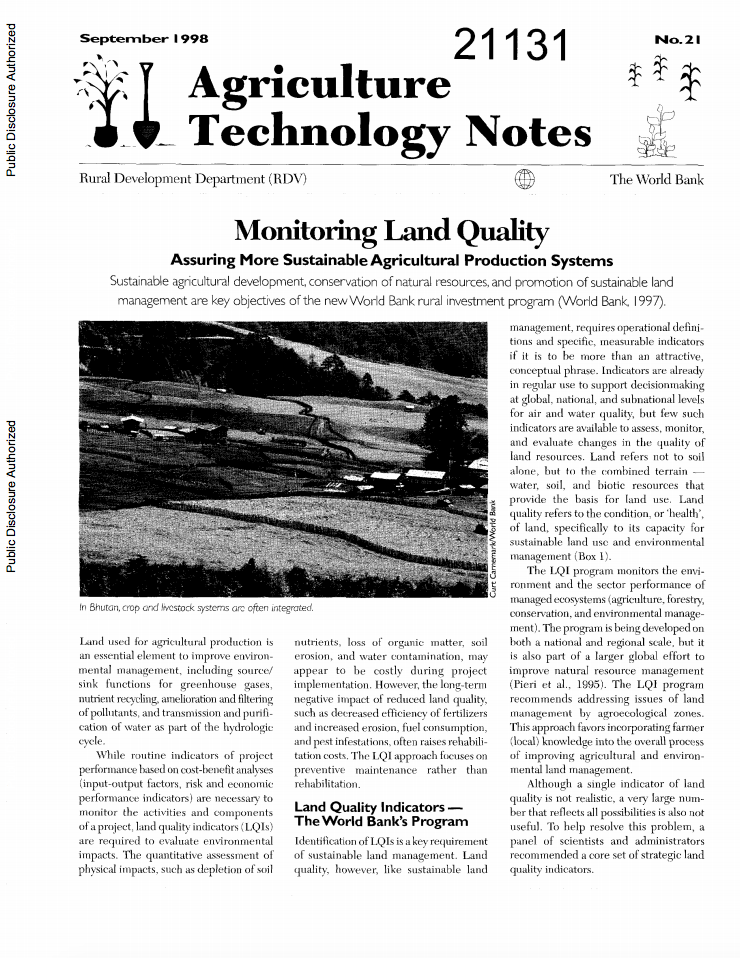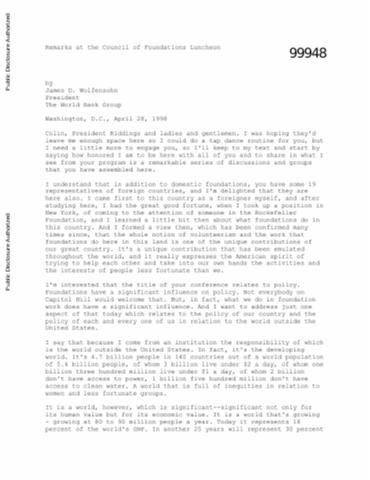Population and deforestation in Costa Rica
Rosero-Bixby, L. & Palloni, A. Population and Environment (1998) 20: 149. doi:10.1023/A:1023319327838
Regulations under section 26 of the Environment Conservation Act, 1989 regarding identified activities concerning the Pennington Sensitive Coastal Area and Umtamvuna Sensitive Coastal Area (GN. R. 1531 of 1998).
This Notice of the Minister of Environmental Affairs and Tourism, made under section 26 of the Environment Conservation Act, 1989, concerns authorization of activities as identified G.N. No. 879 that may have a detrimental effect on the environment in respect of the Pennington Sensitive Coastal Area and Umtamvuna Sensitive Coastal Area. Those activities include: disturbance of vegetation, dredging, dune stabilisation and earthworks. An application for a permit shall be made to local authorities and shall be accompanied by an environmental impact assessment.
ZERO focuses on the Land Question in Southern Africa
First newsletter from ZERO-Regional Environment Organisation, which has embarked on a 5 year research and advocacy programme on land in Southern Africa. Provides details of the programme and of ZERO’s regional activities.
Monitoring land quality : assuring more sustainable agricultural production systems
Identification of Land Quality Indicators (LQIs) is a key requirement of sustainable land management. They are required to assess, monitor, and evaluate changes in the quality of land resources and environmental impacts. The Land Quality Indicator (LQI) program monitors the environment and the sector performance of managed ecosystems. The program is being developed on a national and regional scale, but it is also part of a larger global effort to improve natural resource management. The LQI program recommends addressing issues of land management by agroecological zones.
Law On sanitation.
The purpose of this Law shall be to govern relationships concerning the maintaining of sanitary conditions, defining the general requirements for sanitation in order to ensure the right of an individual to healthy and safe working and living conditions, ensuring normal sanitary conditions, defining the rights and duties of individuals, economic entities and organizations with this respect.
Remarks at the Council of Foundations
James D. Wolfensohn, President of the World Bank Group, discussed the issues that link the United States to other countries: health, migration, trade, peace and stability, energy, food, and crime and narcotics. The responsibilities of foundations do not end with our cities and communities. The job the Bank does can only be done on the basis of partnership with the governments, with the other multilateral institutions, with the private sector, but most particularly with civil society.
Rural Poverty: Population Dynamics, Local Institutions and Access to Resources
Analyses two examples of changing institution-resource access relationships in Africa and Latin America. The Africa case (Kakamega, Western Kenya) highlights the resource endowments and problems associated with the participation of individuals in multiple institutions, whereas the Latin America case (Oaxaca, Mexico) focuses on the changes in a single institution in response to population growth. Suggests that even in situations of complexity, there are some clear entry points and directions for policy advice.
Gender, pastoralism, and intensification: changing environmental resource use in Morocco
Through a study of the sedentarization of the Beni Guil pastoral nomads of eastern Morocco,this paper examines how gender interacts with environmental and socio-economic change.
Resource mapping: from participatory methods in community-based coastal resource management
A practical manual outlining the concept of this methodology and giving clear, step by step instructions on how to carry out the activity in a coastal community.The aims of resource mapping are:to provides a visual representation of resources and their usesto find a starting point for participatory problem analysis and planning.The manual describes variations on the excercise, including gender based mapping exercises.
Population and Sustainability: Understanding Population, Environment, and Development Linkages
The triple challenge of rapid population growth, declining agricultural productivity, and natural resource degradation are not isolated from one another; they are intimately related. However, strategic planning and development programming tend to focus on individual sectors such as the environment, agriculture, and population; they do not explicitly take into account the compatibilities and inconsistencies among them. Farm households and their livelihood strategies are at the core of the intersectoral linkages approach advocated in this chapter.






